Clear aligner therapy corrects most types of malocclusion
and allows basic tooth movements. However, in some
situations, traditional braces or a combination of
treatments are still preferable.
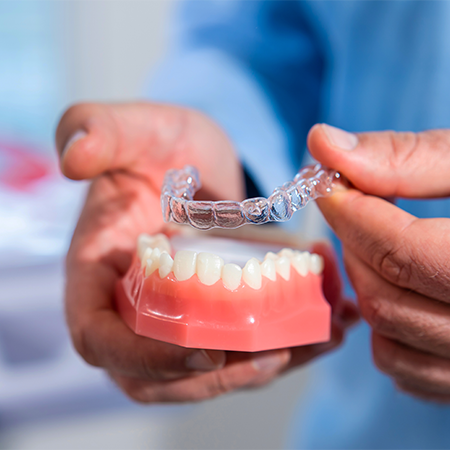
To prevent the transmission of infection while treating patients, dental clinics have gradually started to operate with insufficient norms and advice. Nonsocial infections in the clinics may lead to an exponential increase in the number of cases in the area. Additionally, these instances may result in legal disputes over insufficient infection control procedures.
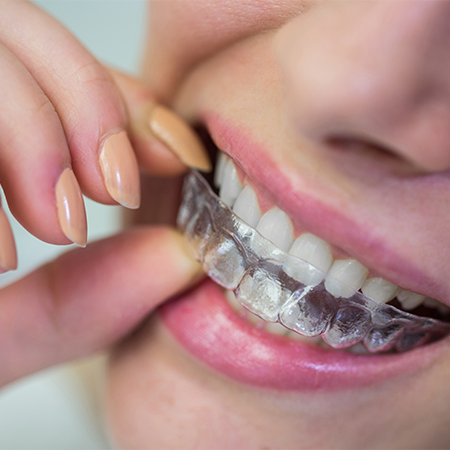
Clear Aligners are designed to straighten teeth, much like braces. It allows the movement of teeth without the hassle of wires and brackets. They are developed precisely for each patient using a digital scan.
Our focus at "Smiles by Gentle Dental" is giving our patients exceptional and sincere dental care every day. Our fully trained personnel can meet your demands for oral health. We understand the nature of people's fear of dentistry, the complexity of dental treatment and incorporate years of experience for each patient. Hence, we treat our practice as the first step in Dr. Brar's desire to establish a great dental practice.
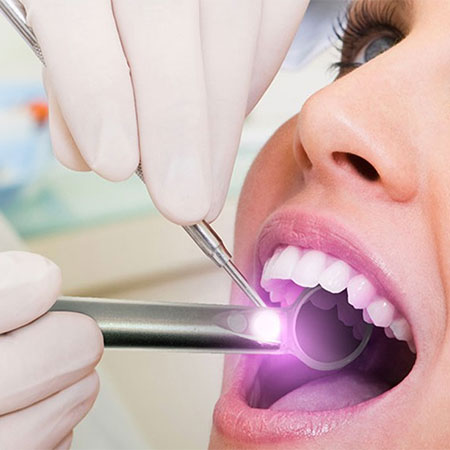
Ceramic braces function in the same way as traditional metal braces, except they're clear, making them less visible. These braces are great for adults or older teenagers who have cosmetic concerns regarding braces.
A misaligned bite, crooked teeth and crowded jaw issues
can all be fixed with braces. Modern dental technology has
made traditional braces more streamlined and
manageable.
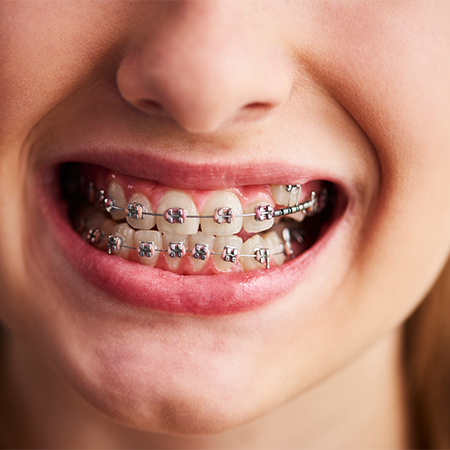

Self-ligating braces are often made of metal or clear
plastic. They resemble standard braces in appearance.
A specialized clip is used to hold the archwire in
place and lessen the tension and friction on the
teeth.
Most patients must wear a retainer for two weeks following active treatment. Retainers aid in preserving straight tooth alignment. The length of time the patient must wear a retainer depends on whether it is fixed or removable.
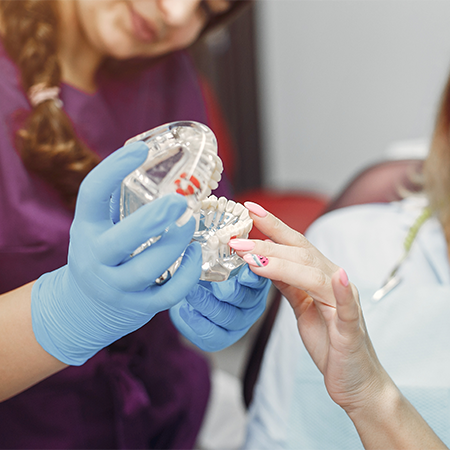
Permanent retainers endure for years, unlike braces. As they are permanent, they are significantly simpler to wear as directed. Patients typically don't experience any difficulty speaking because they are only small wires. It might be challenging and time-consuming to clean around a stiff and rigid retainer. The permanent retainers can only hold a handful of front teeth to a certain extent, so you'll probably still need to wear detachable retainers on top of them.
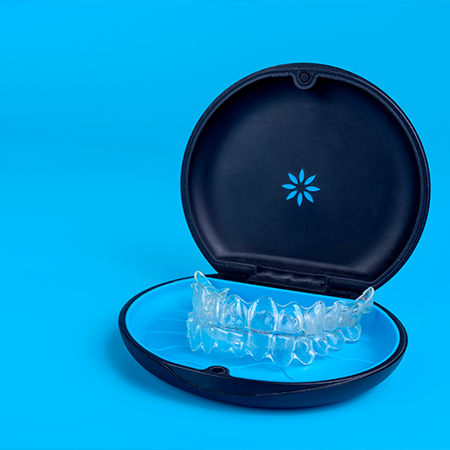
Removable Hawley and Essix retainers are the two most commonly used types. Hawley retainers are stainless steel retainers held in position by a wire that covers your teeth and an acrylic arch that rests tightly against the top of your mouth. They are often withdrawn as needed, precisely for eating and drinking. They are built of clear, transparent plastic and are hardly noticeable.